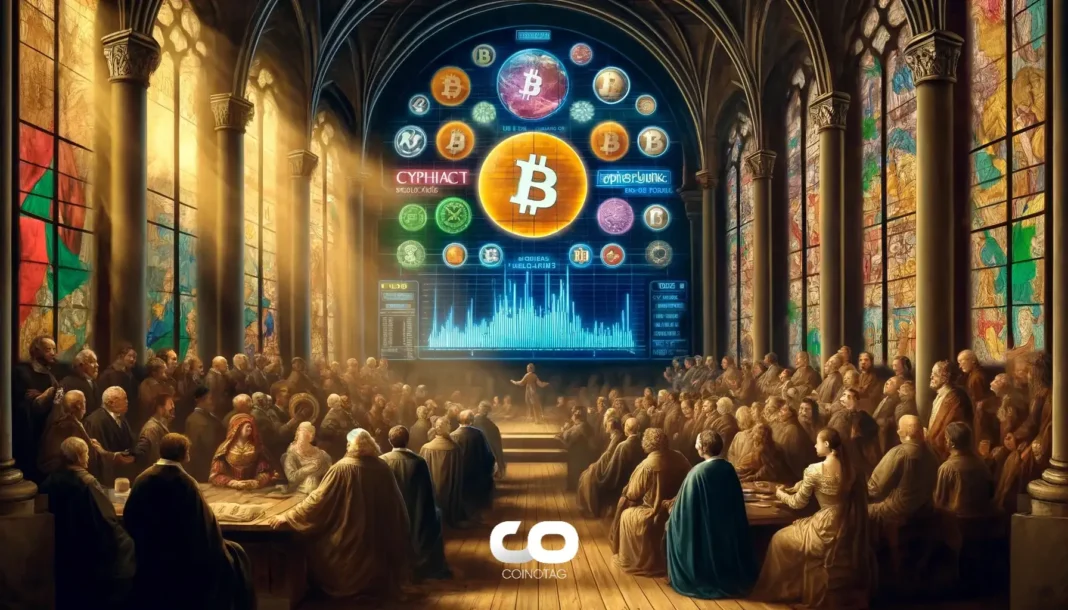- The U.S. Bankruptcy Court has recently approved FTX’s long-anticipated bankruptcy plan, closing a significant chapter in the aftermath of the exchange’s collapse due to allegations of fraud.
- This decision by Judge John Dorsey facilitates the distribution of funds, allowing approximately 98% of creditors to recover more than their original claim values.
- Interestingly, some creditors have expressed concerns regarding the nature of payout, emphasizing the potential tax implications of receiving cash instead of cryptocurrencies.
This article outlines the latest developments in FTX’s bankruptcy proceedings, highlighting the court’s approval of its reconstruction plan and the implications for creditors amid ongoing criticisms.
Judge Approves FTX’s Bankruptcy Plan
In a pivotal ruling, Judge John Dorsey has sanctioned FTX’s bankruptcy reorganization plan during a recent hearing in Delaware. This decision marks a landmark moment in the proceedings stemming from the once-prominent crypto exchange’s demise following fraudulent activities. The approved plan aims to distribute cash recoveries to the exchange’s creditors, with 98% poised to receive at least 118% of their claim value, a promising relief for many affected stakeholders.
Opinions from Major Creditors
The approval comes on the heels of a notable vote among creditors, where approximately 94% in the “dotcom customer entitlement claims” category endorsed the plan, collectively representing around $6.83 billion in claims. However, this overwhelming support contrasts with criticism from representatives such as Sunil Kavuri, who argues that creditors should receive payouts in the form of cryptocurrencies—echoing sentiments citing potential tax burdens associated with cash distributions. Legal representatives, including David Adler, emphasized the importance of in-kind distributions, especially when considering the financial implications faced by creditors upon receiving cash settlements.
FTT Token Valuation and Future Outlook
During the proceedings, Judge Dorsey unequivocally stated that the FTX native token (FTT) is valued at zero, citing a complete lack of supporting evidence for any market resurgence of the asset. He articulated that the entwined relationship of the token to FTX’s operational history contributes to its untenable valuation post-collapse. As the judge emphasized, without a viable revival of services from the exchange, there is no foundation for optimism regarding any future valuation of the FTT token.
Failed Attempts at Rebooting FTX
While there had been discussions surrounding a possible “FTX 2.0” to revitalize the platform, those plans have since been dismissed. CEO John J. Ray III had previously hinted at soliciting interest for a reboot, suggesting a rebranding strategy for the exchange. However, subsequent hearings revealed a lack of investor enthusiasm or commitment, as FTX’s legal counsel conveyed that no capital backers had emerged willing to finance a relaunch. This situation evidences the challenges that any potential revival would face in the current market landscape.
Impact of Legal Outcomes on FTX’s Legacy
Following the bankruptcy filings in late 2022, the legal repercussions have continued to unfold. Sam Bankman-Fried, the former CEO of FTX, was found guilty on multiple criminal charges, facing a near 25-year prison sentence. Similarly, Alameda Research, the trading firm linked to FTX, experienced significant leadership turnover, with its former CEO Caroline Ellison also sentenced for her part in the fallout. Legal proceedings against former executives continue, with further ramifications anticipated as sentencing dates approach.
Conclusion
In summary, the approval of FTX’s bankruptcy plan represents a significant, albeit complex, progression for creditors seeking recovery. The juxtaposition of overwhelming support for cash distributions against tangible concerns regarding tax implications exemplifies the multifaceted nature of this case. As the crypto landscape continues to mature, the lessons drawn from FTX’s downfall provide critical insights into the regulatory and operational challenges facing digital currency exchanges and their stakeholders in the burgeoning market.







